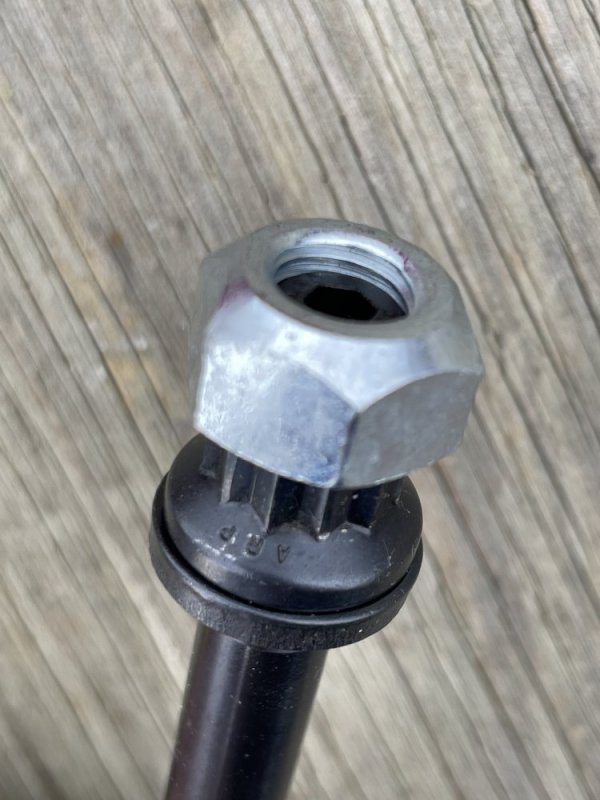ak diesel driver
6.5 driver
Even better is to have them check the flywheel balance and give you a number so you can make a new one match it.
Follow along with the video below to see how to install our site as a web app on your home screen.
Note: This feature may not be available in some browsers.
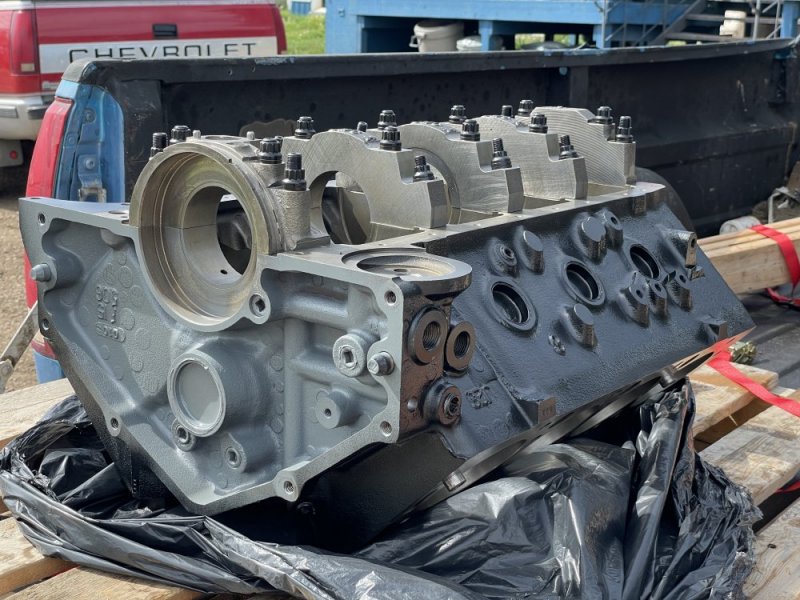
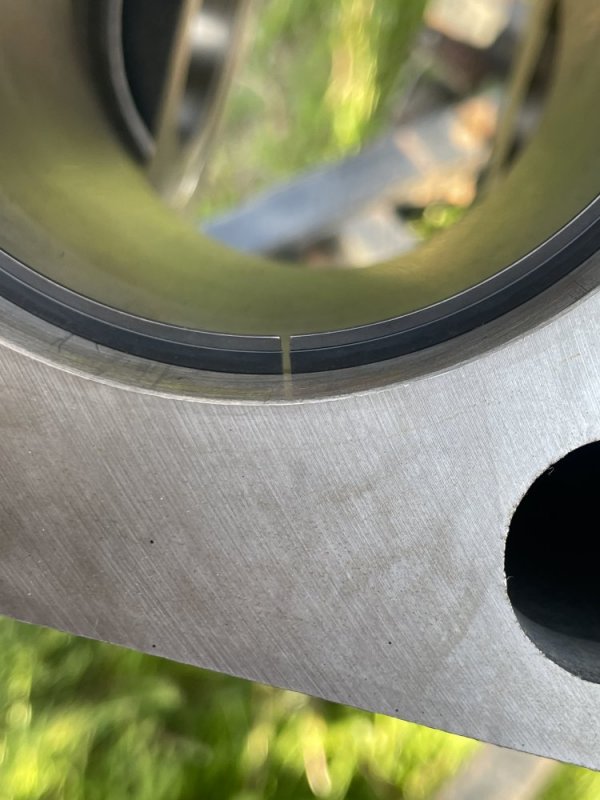
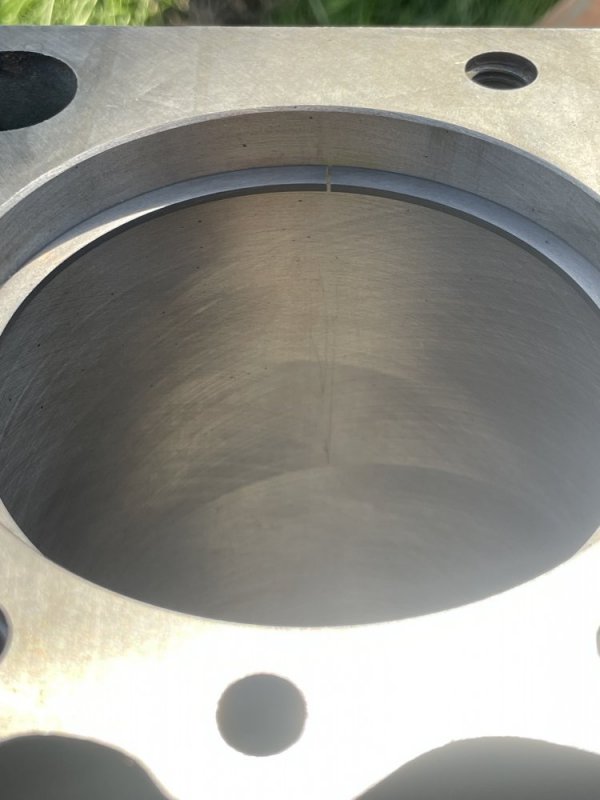
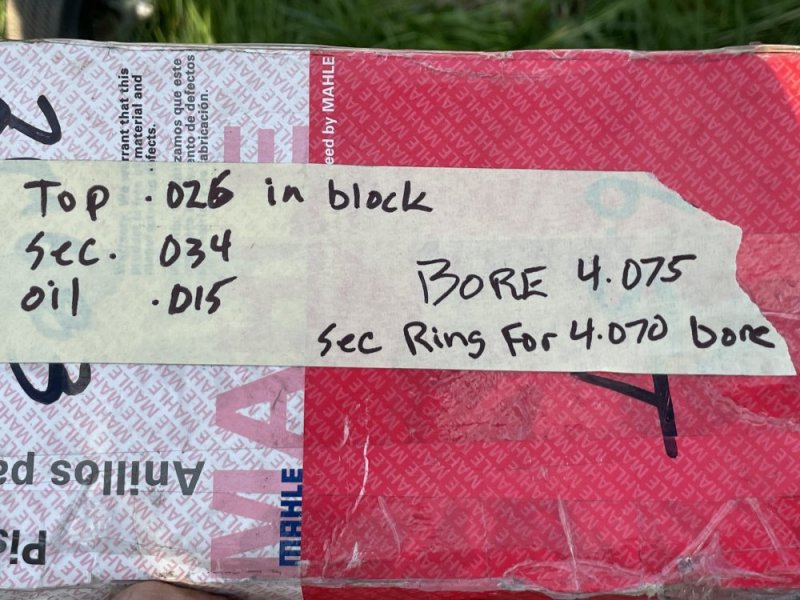
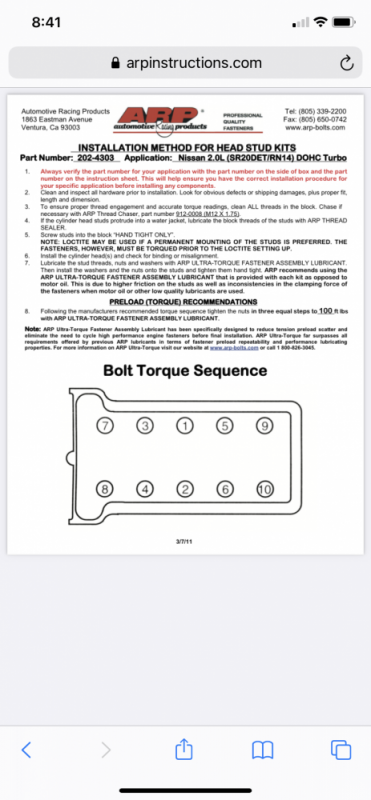
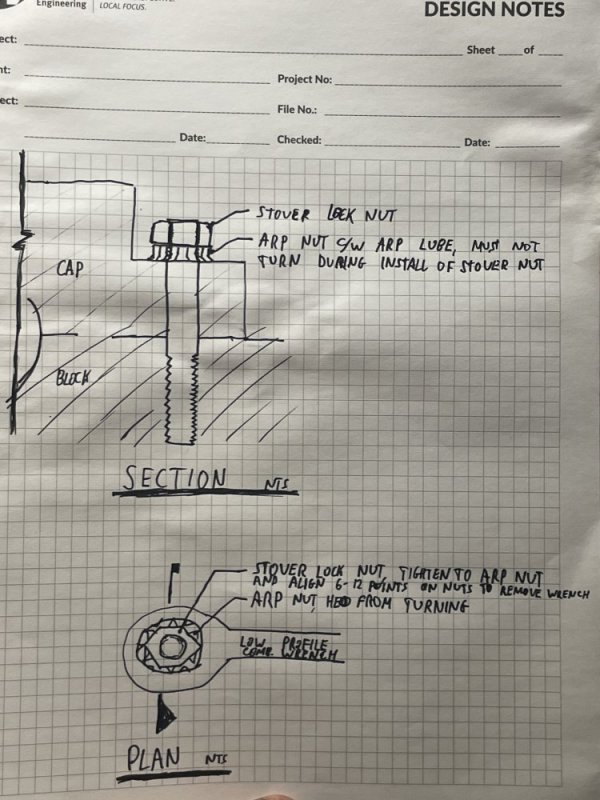
I imagine the open end of the thin wrench should be the same thickness as the box end, so, just flip the wrench around and use the open end.So when your jam (stover) nut is tight enough to go past the torque of the original nut but still won't line up with the flats, what are you gonna do to get the thin wrench off?
Ooooooh yeah. My bad. Yup.I think he is saying since the arp nut is 12 point, cant use a box end on bottom nut and remove it after top nut is on.
The open end wrench won’t function on 12 point nut.
You the box end wrench to make it into an open end.
